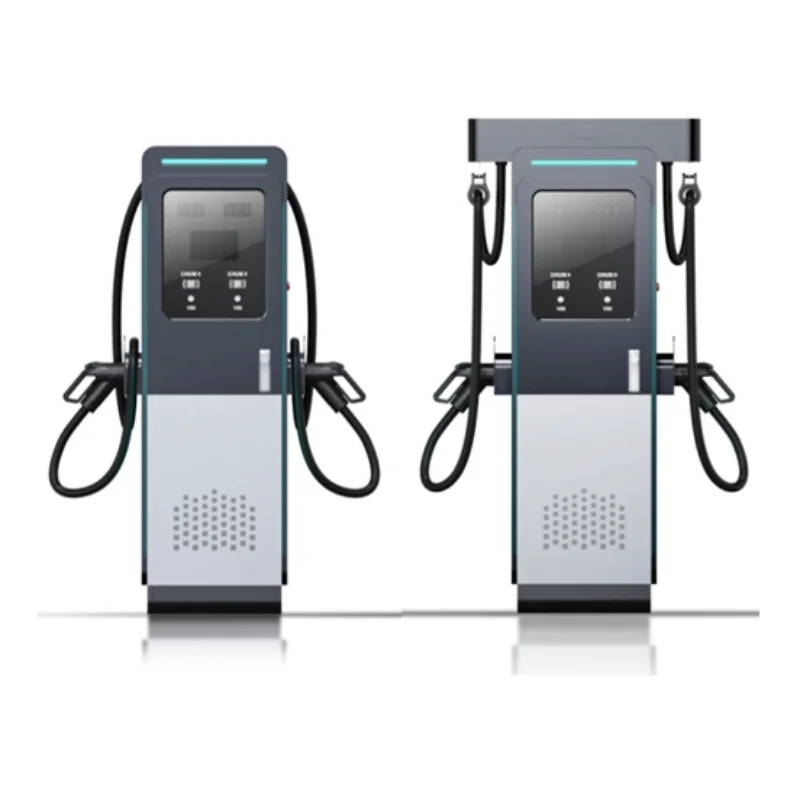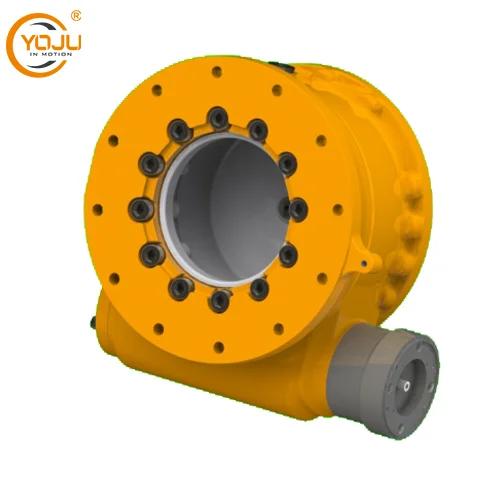Automatic car washes have become a popular choice for vehicle owners seeking a convenient and efficient way to keep their cars clean. But have you ever wondered what chemicals are used in these automated systems? In this blog post, we will delve into the world of automatic car washes and explore the various cleaning agents that make them so effective.
- Pre-Wash Stage:
Before the actual cleaning process begins, automatic car washes employ a pre-wash stage to remove loose dirt and grime. This stage typically involves the use of alkaline-based detergents. These detergents contain surfactants, which lower the surface tension of water, allowing it to penetrate and loosen dirt particles from the car's surface. - Foam Bath:
Once the pre-wash stage is complete, a foam bath is applied to the vehicle. This foam is created by mixing a specialized detergent with air and water. The detergent used in this stage is usually a combination of anionic and nonionic surfactants. Anionic surfactants help to break down and remove stubborn dirt, while nonionic surfactants enhance the foam's stability and cling to the car's surface, ensuring maximum cleaning efficiency. - High-Pressure Rinse:
After the foam bath, a high-pressure rinse is employed to remove the loosened dirt and foam from the car. This rinse is typically done using water treated with a mild acidic solution. The acidic solution helps to neutralize any remaining alkaline residue from the pre-wash stage, ensuring a clean and spot-free finish. - Wax and Polish:
To give your car that shiny and glossy appearance, automatic car washes often include a wax and polish stage. During this stage, a specialized wax solution is applied to the vehicle's surface. This wax contains a blend of polymers and silicones that create a protective layer, enhancing the car's shine and providing a barrier against environmental contaminants. - Spot-Free Rinse:
To prevent water spots and streaks from forming on the car's surface, automatic car washes employ a spot-free rinse. This rinse uses deionized water, which has had impurities and minerals removed, ensuring a clean and streak-free finish.
Conclusion:
Automatic car washes utilize a range of specialized chemicals to ensure a thorough and effective cleaning process. From alkaline-based detergents to anionic and nonionic surfactants, each stage of the car wash is carefully designed to remove dirt, enhance shine, and protect the vehicle's surface. Understanding the chemistry behind automatic car washes not only helps us appreciate the technology but also enables us to make informed choices when it comes to maintaining our vehicles' cleanliness.







+ There are no comments
Add yours